Overview
An effect of contrasted light and shadow. We used a single, direct light coming in from the side to create this effect. To make it more interesting, we also added coloured filters over the lights
Examples


My Photos
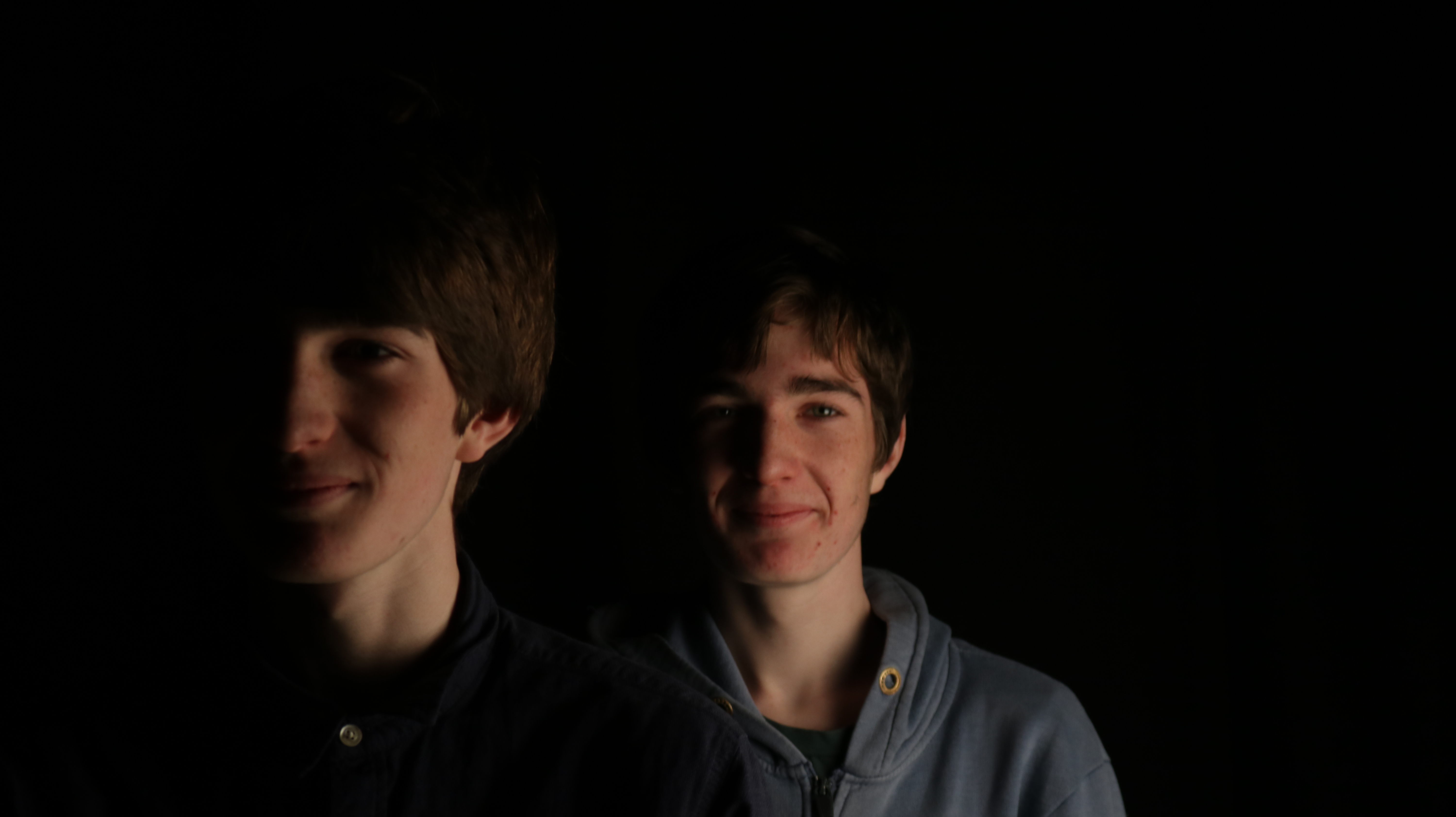
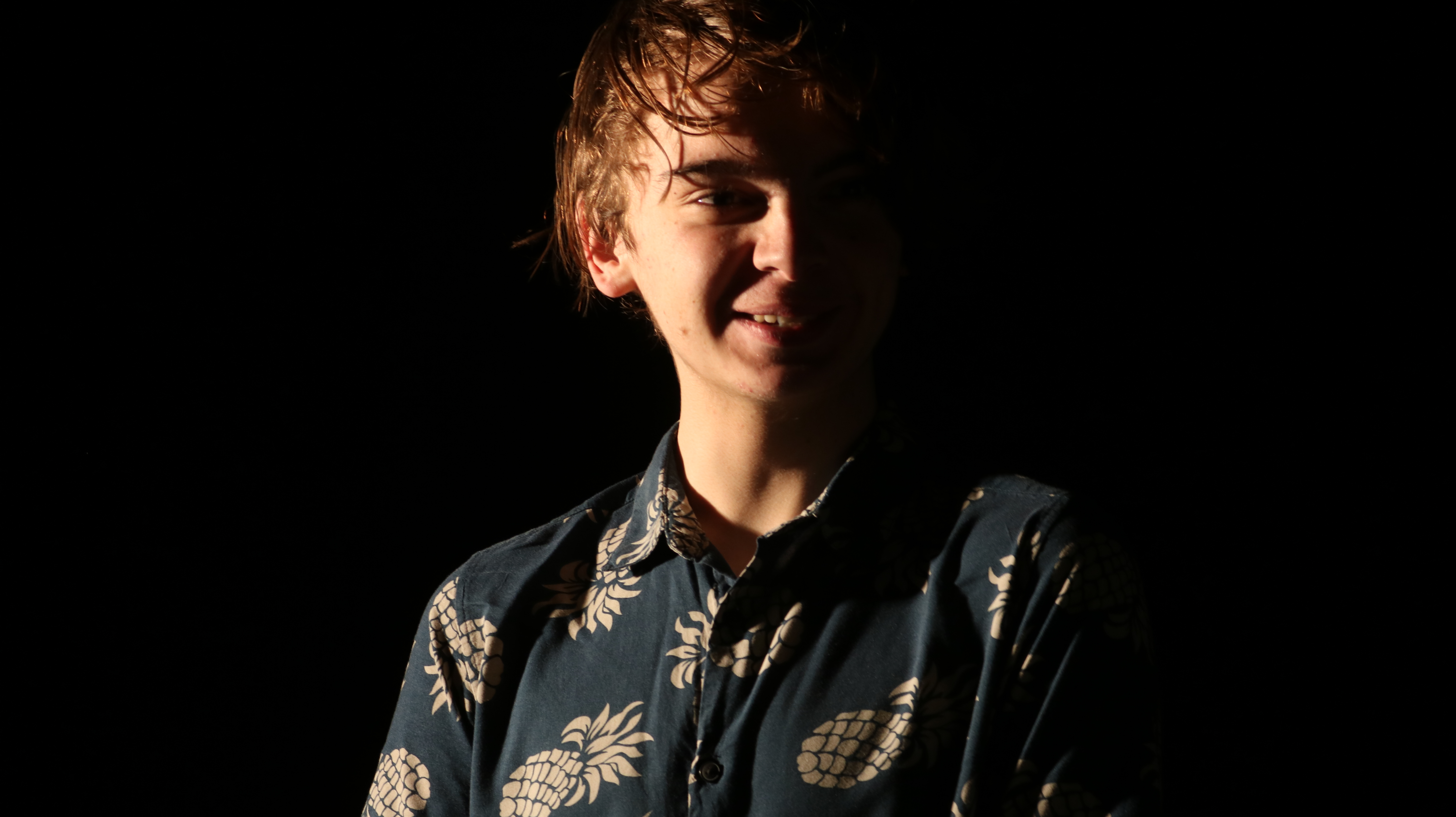


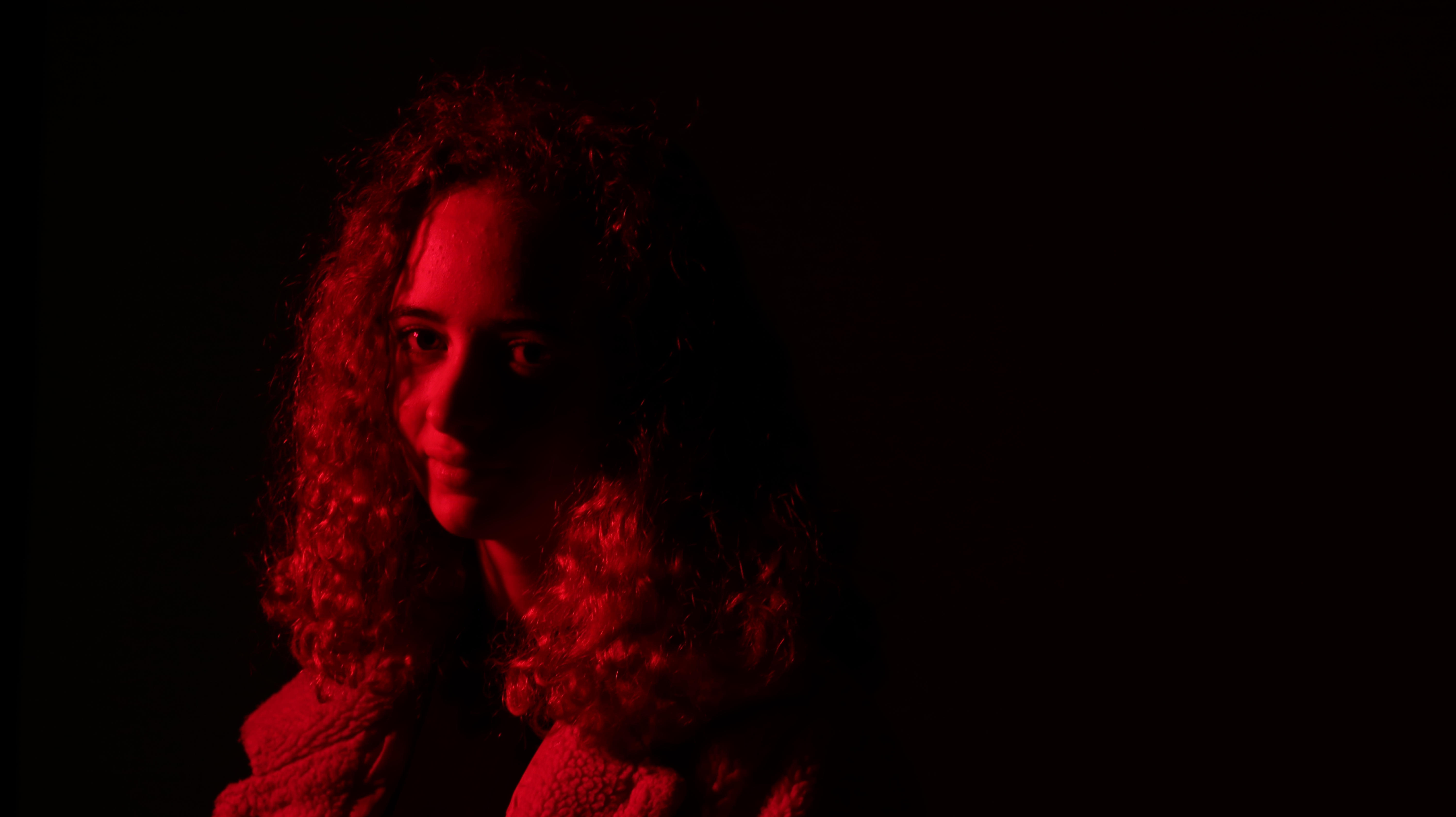
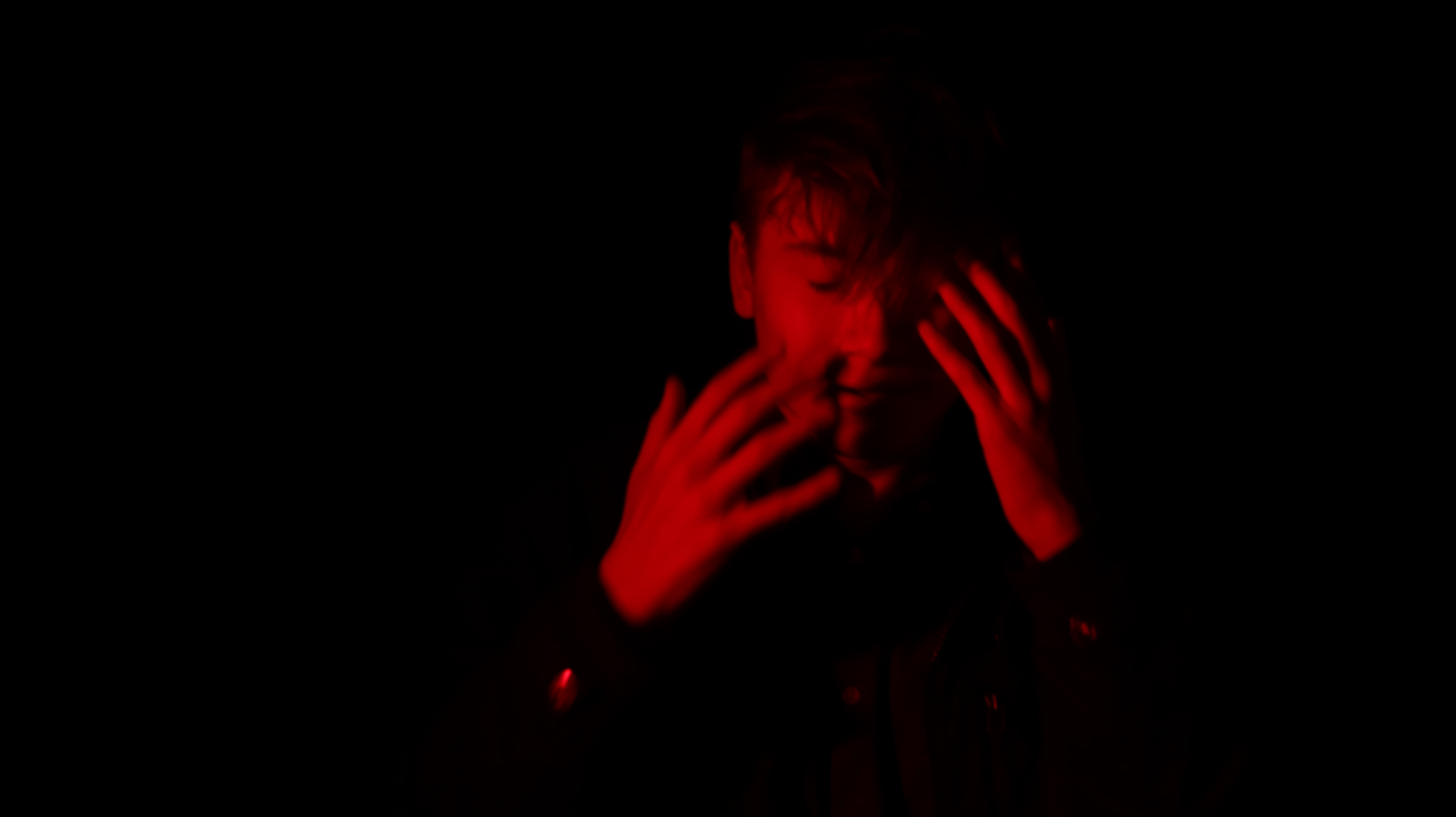

An effect of contrasted light and shadow. We used a single, direct light coming in from the side to create this effect. To make it more interesting, we also added coloured filters over the lights









Arnold Abner Newman was an American photographer, noted for his “environmental portraits” of artists and politicians. He was also known for his carefully composed abstract still life images.
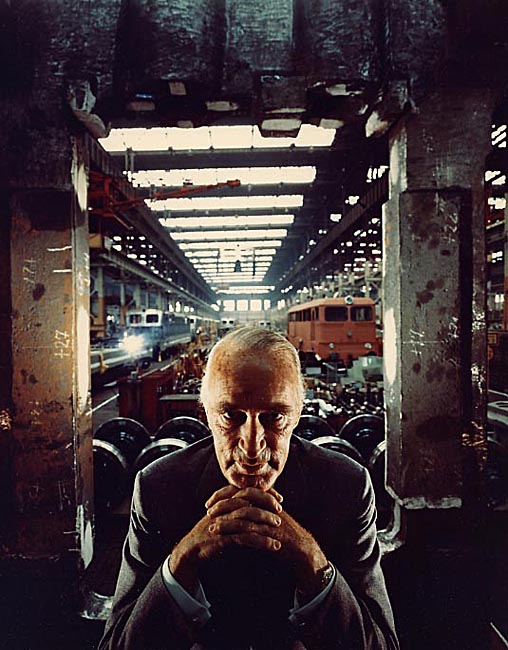
The photo was taken in 1963. The man being photographed is Alfried Krupp, a Nazi, who owned a company that supplied the Nazi’s with military supplies.
Back ground information on photo montage
Photomontage is often used as a means of expressing political dissent. It was first used as a technique by the dadaists in 1915 in their protests against the First World War. It was later adopted by the surrealists who exploited the possibilities photomontage offered by using free association to bring together widely disparate images, to reflect the workings of the unconscious mind. In 1923 the Russian constructivist Aleksander Rodchenko began experimenting with photomontage as a way of creating striking socially engaged imagery concerned with the placement and movement of objects in space. Other key exponents of the medium are John Heartfield, the German artist who reconstructed images from the media to protest against Germany’s Fascist regime and Peter Kennard; whose photomontages explored issues such as economic inequality, police brutality and the nuclear arms race between the 1970s and the 1990s.
John Stezaker - Photo montage John Stezaker’s work re-examines the various relationships to the photographic image: as documentation of truth, purveyor of memory, and symbol of modern culture. In his collages, Stezaker appropriates images found in books, magazines, and postcards and uses them as ‘readymades’. Through his elegant juxtapositions, Stezaker adopts the content and contexts of the original images to convey his own witty and poignant meanings. In his Marriage series, Stezaker focuses on the concept of portraiture, both as art historical genre and public identity. Using publicity shots of classic film stars, Stezaker splices and overlaps famous faces, creating hybrid ‘icons’ that dissociate the familiar to create sensations of the uncanny. Coupling male and female identity into unified characters, Stezaker points to a disjointed harmony, where the irreconciliation of difference both complements and detracts from the whole. In his correlated images, personalities (and our idealisations of them) become ancillary and empty, rendered abject through their magnified flaws and struggle for visual dominance. In using stylistic images from Hollywood’s golden era, Stezaker both temporally and conceptually engages with his interest in Surrealism. Placed in contemporary context, his portraits retain their aura of glamour, whilst simultaneously operating as exotic ‘artefacts’ of an obsolete culture. Similar to the photos of ‘primitivism’ published in George Bataille’s Documents, Stezaker’s portraits celebrate the grotesque, rendering the romance with modernism equally compelling and perverse.His work fits in well with the concepts of photo montage.
A photo montage is a collage constructed from photographs.
Historically, the technique has been used to make political statements and gained popularity in the early 20th century (World War 1-World War 2)
Artists such as Raoul Haussman , Hannah Hoch, John Heartfield employed cut-n-paste techniques as a form of propaganda…as did Soviet artists like Aleksander Rodchenko and El Lissitsky
Photo-montage has its roots in Dadaism…which is closely related to Surrealism This work really reflects this whole idea of combinations of photos. I would like to do some experiments looking at creating real photo montages made by hand not sure made using Photoshop. These montages interest me because there have multiple focal points creating a visually exiting images with lots of components made the build a whole picture.
Identity – “The fact of being who or what a person or thing is”. Identity can be influenced by many factors, which all have a different impact on people identity. One factor effecting people identity is the place in which they live in. For example if someone is brought up in a very religious environment, they will be living and doing certain things that according to the religion. The different types of identity are:
Identity and Place Mood Board:
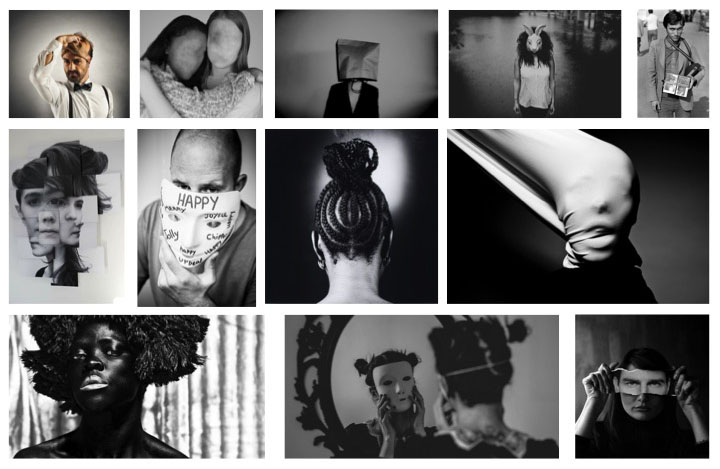
Photo montage combining previous images For this photo montage i created a background layer using the studio lighting photos and then drew into it using the original ideas of the broken wooden buildings the pen wraps around the face symbolizing the encapsulation that the ever growing industrialization has on us and how we can get away from it.





For the upper layer i used acetate. I used one of the photos from the merged faces and building images. I drew this in pen on a white background creating a light and dark contrast. Then i decided to layer it over my original images collage to create the merged feel the the picture so it fits in well with my final idea and building up work to it. This image also is meant to feel like you are looking into the head of the model and there inner thoughts reflecting on there self identity and industrial visions and how it is effecting and entwining them.

This was my original drawing for the image looking at the dark and light the way she is grabbing her face is meant to reflect how industrialization cause confusion for the persons identity and place of origin. Because this running theme of building and industrialization reflects how i have built up the image with lots of different layers creating a visually capturing and interesting image. This is because there are lots off different components to understand and appreciate.
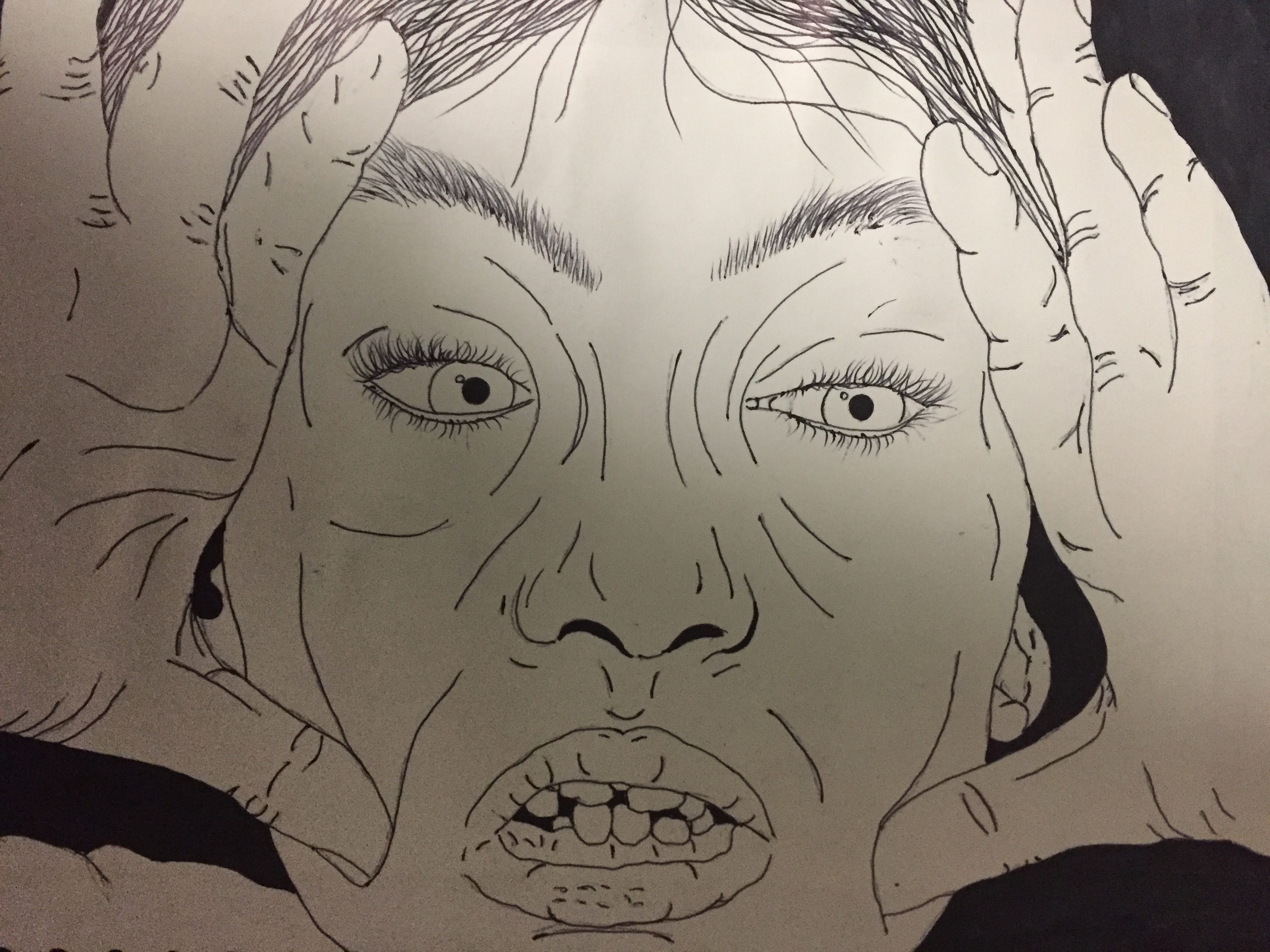

Xavier uses muted yellow tones in his photos which i have tried to replicate on photo shop. Using the image -adjustments tool and then using a different process on each photo. I looked at the main cathedral in new Zealand when i went there in Christ church and the destruction that the earthquake caused and how the city and nature moves around it with out taking much notice because it has just become normality. This links in well with Xavier's work because its all about how society just molds and grows round destruction and damage
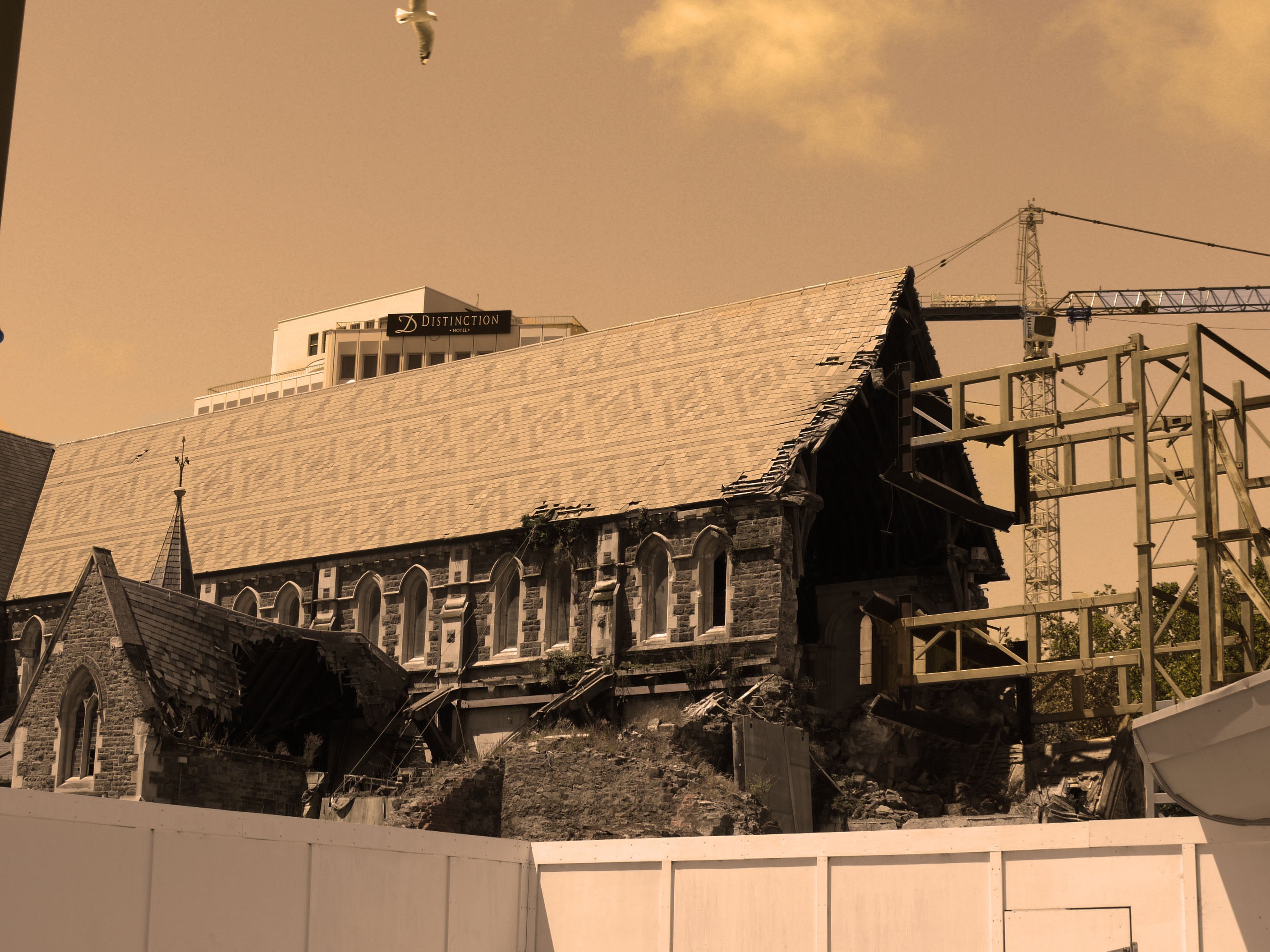
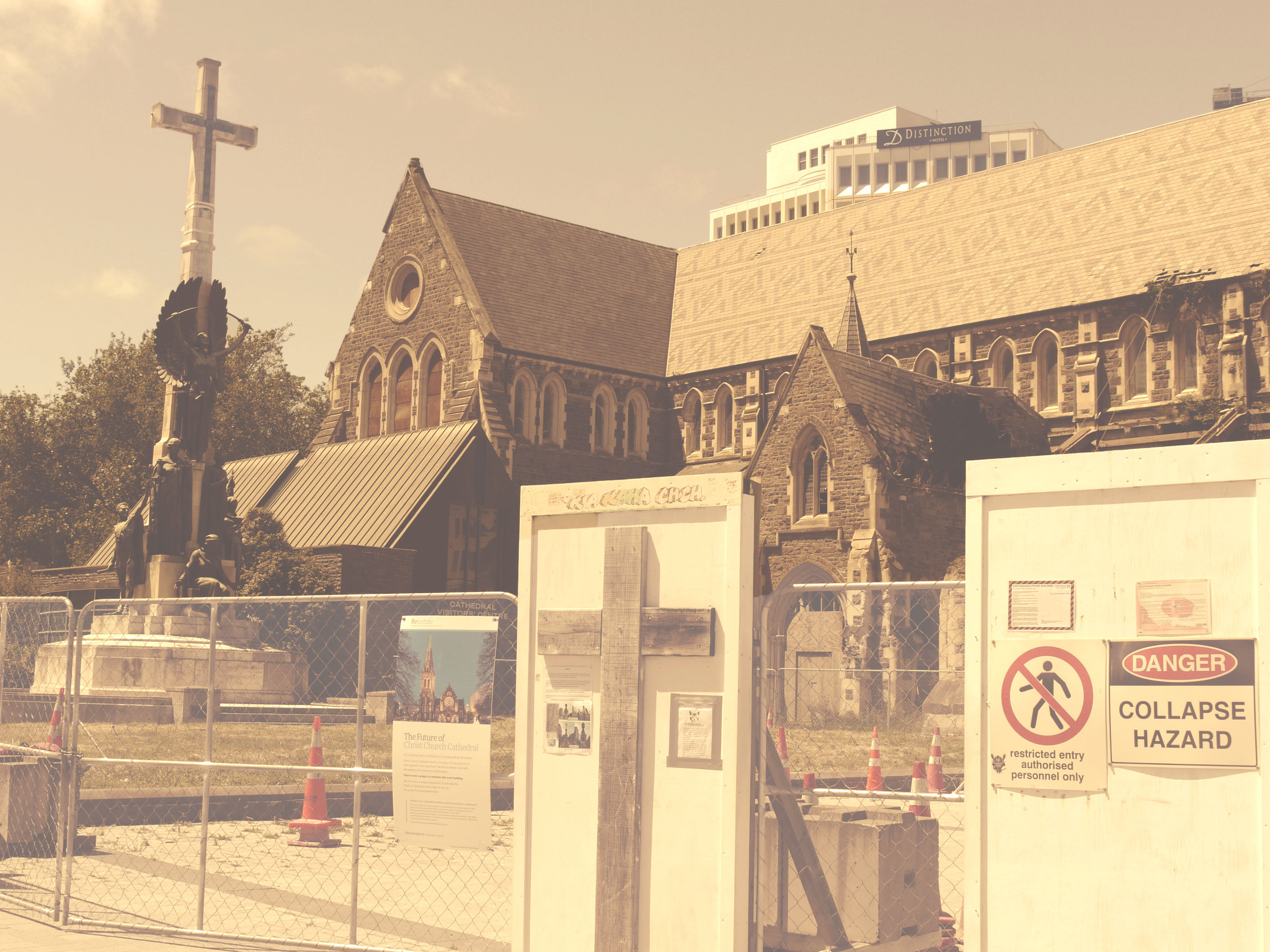
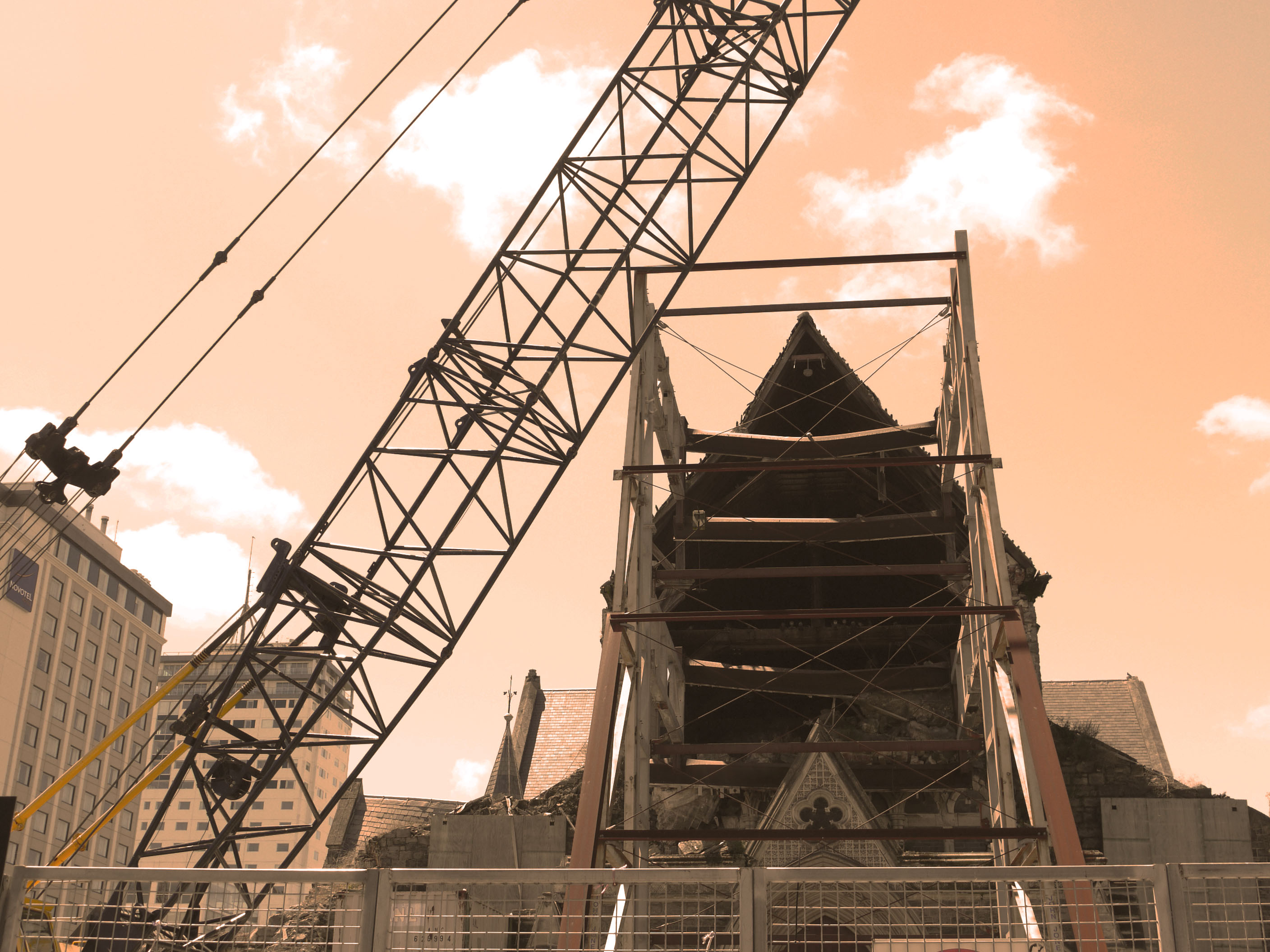
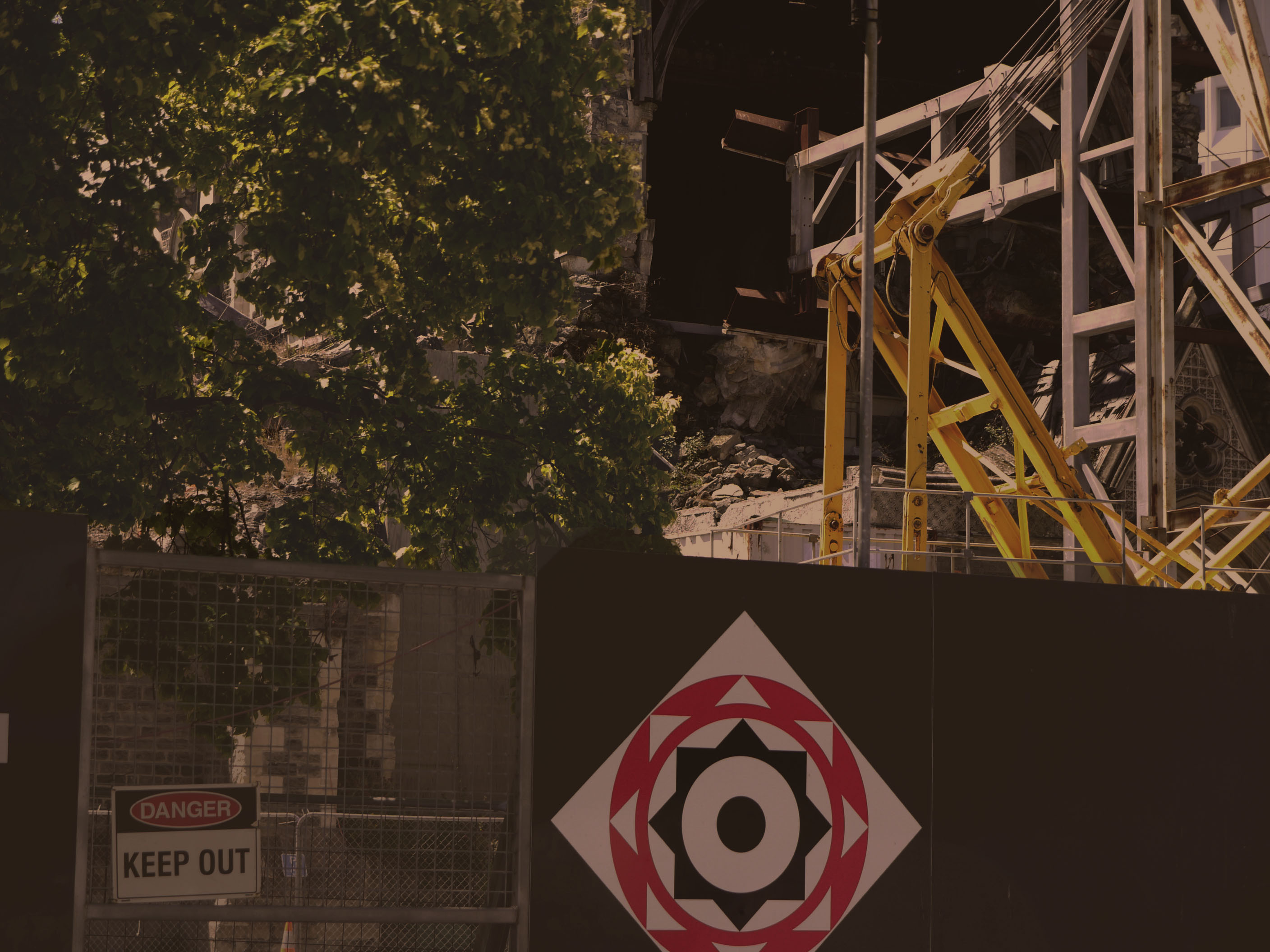
Street photography, also sometimes called candid photography, is photography conducted for art or enquiry that features unmediated chance encounters and random incidents within public places. Although there is a difference between street and candid photography, it is usually subtle with most street photography being candid in nature and some candid photography being classifiable as street photography. Street photography does not necessitate the presence of a street or even the urban environment. Though people usually feature directly, street photography might be absent of people and can be of an object or environment where the image projects a decidedly human character in facsimile or aesthetic.

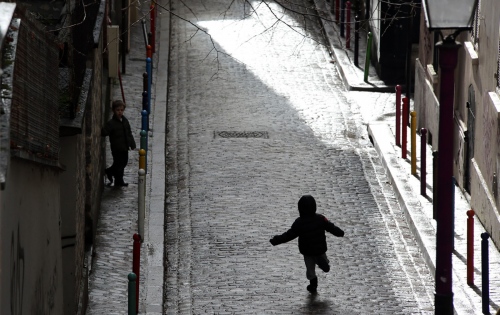
The street photographer can be seen as an extension of the flâneur, an observer of the streets (who was often a writer or artist).
Framing and timing can be key aspects of the craft with the aim of some street photography being to create images at a decisive or poignant moment.
Street photography can focus on people and their behavior in public, thereby also recording people’s history. This motivation entails having also to navigate or negotiate changing expectations and laws of privacy, security and property. In this respect the street photographer is similar to social documentary photographers or photojournalists who also work in public places, but with the aim of capturing newsworthy events; any of these photographers’ images may capture people and property visible within or from public places. The existence of services like Google Street View, recording public space at a massive scale, and the burgeoning trend of self-photography (selfies), further complicate ethical issues reflected in attitudes to street photography.
Much of what is regarded, stylistically and subjectively, as definitive street photography was made in the era spanning the end of the 19th century through to the late 1970s, a period which saw the emergence of portable cameras that enabled candid photography in public places.
experimenting with street photography:
as i was not able to go to town with the class i burrowed a camera from school and went to the schools street and starting taking pictures of people passing through the street while to trying to surprise them to get good reactions in the photographs, and this is what i came up with with:

In this photograph i took it without letting the person realize so i had to turn off the flash and that’s why the photograph is a bit dim, although the face expression of this student is quite interesting.
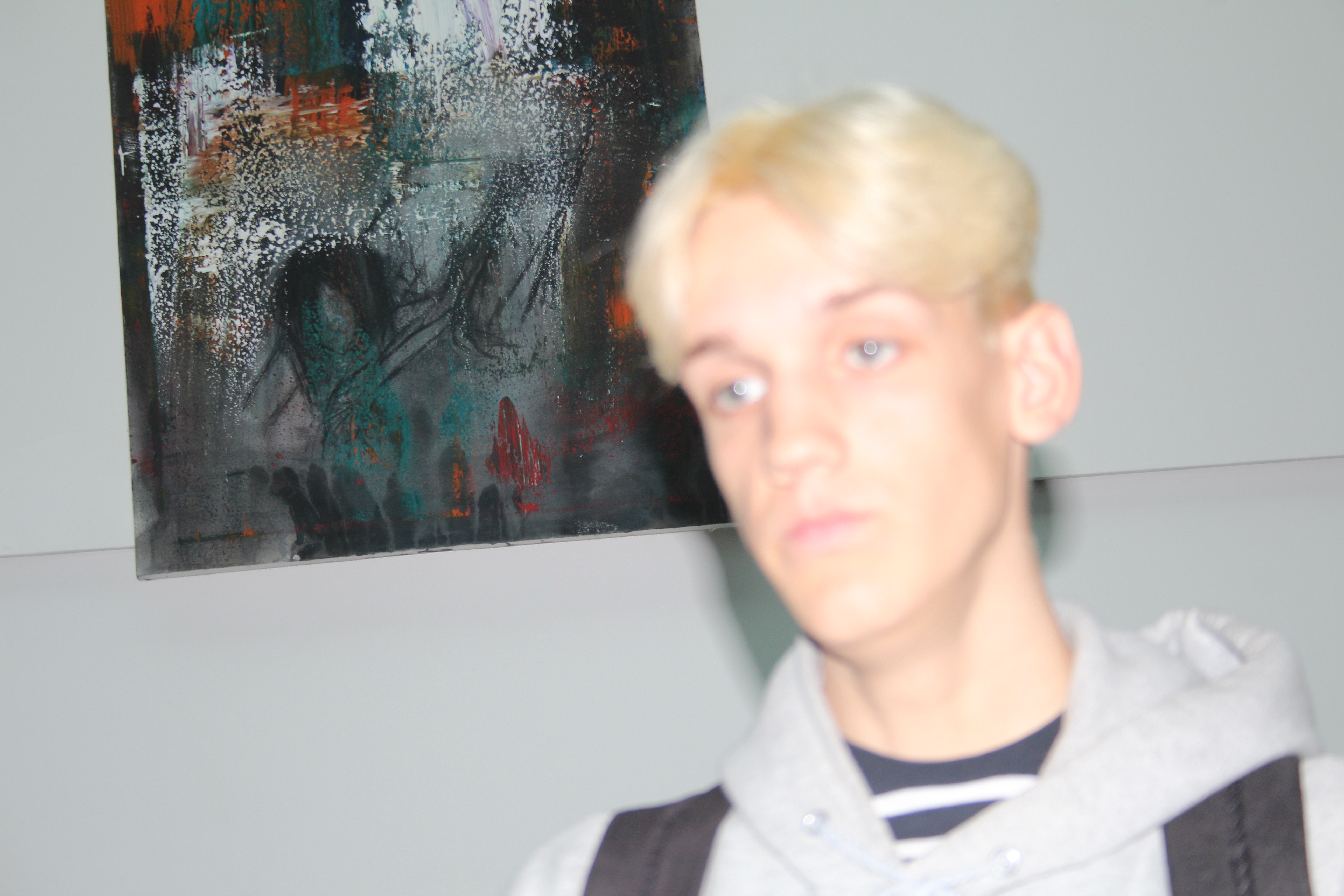
I took this photograph partially by mistake, this person was passing bu and my camera wasn’t setup yet so i didn’t know what the settings was on but i took it quickly anyways and while going through my photos it caught my eye. the brightness is so high and it wasn’t focused. and i didn’t adjust the white balance, but it did turn out quite interesting.

I tried to take this photograph without the persons notice but seconds before the shutter closed he looked and laughed, this made him look as if he was smiling for the camera although the photograph is very dim and that’s due to the lack of flash.
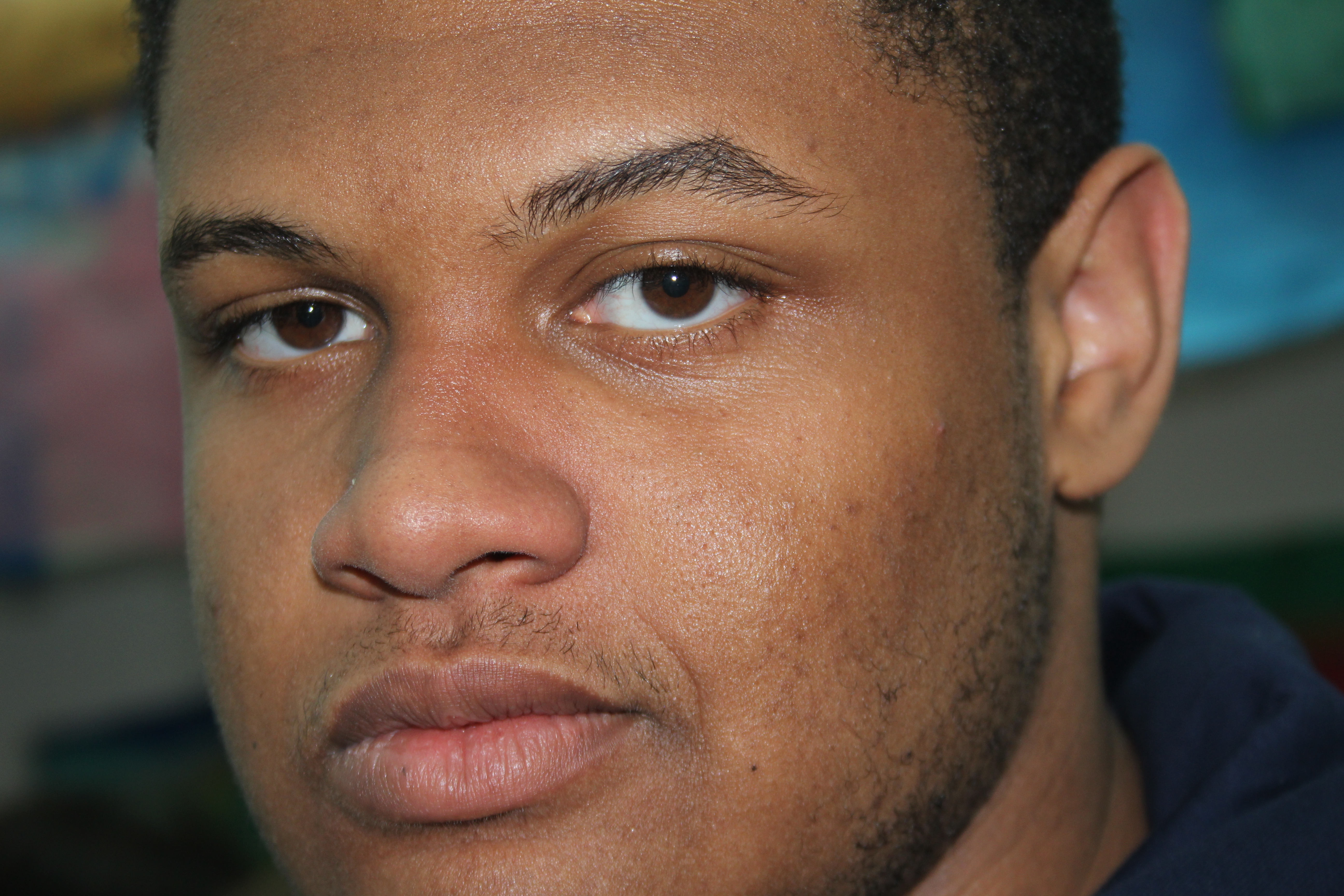
i took this photograph while the person was looking at the camera but made it quick so i wouldn’t lose his reaction. and the flash along with the fast shutter speed created a highly bright photo.

I took the photograph without flash while it was fully zoomed in so almost only her smile and nose are visible.
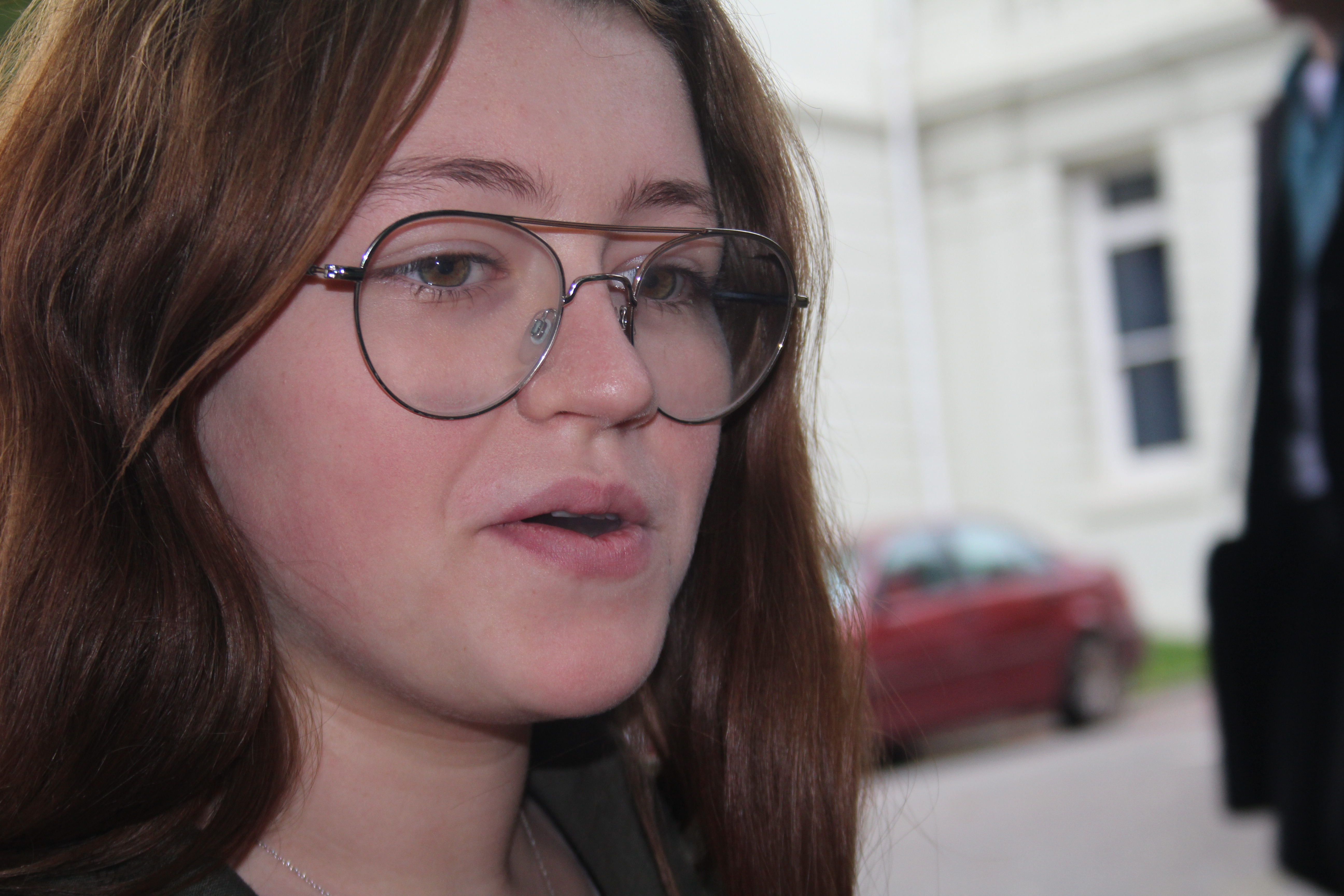
I took this photograph of a person in the smoking area while they were busy doing other stuff so weren’t paying attention to the camera which created a photography with an anonymous definition.

This photograph was taken so quickly that it caught the reaction of the person between changing it from one reaction to another.
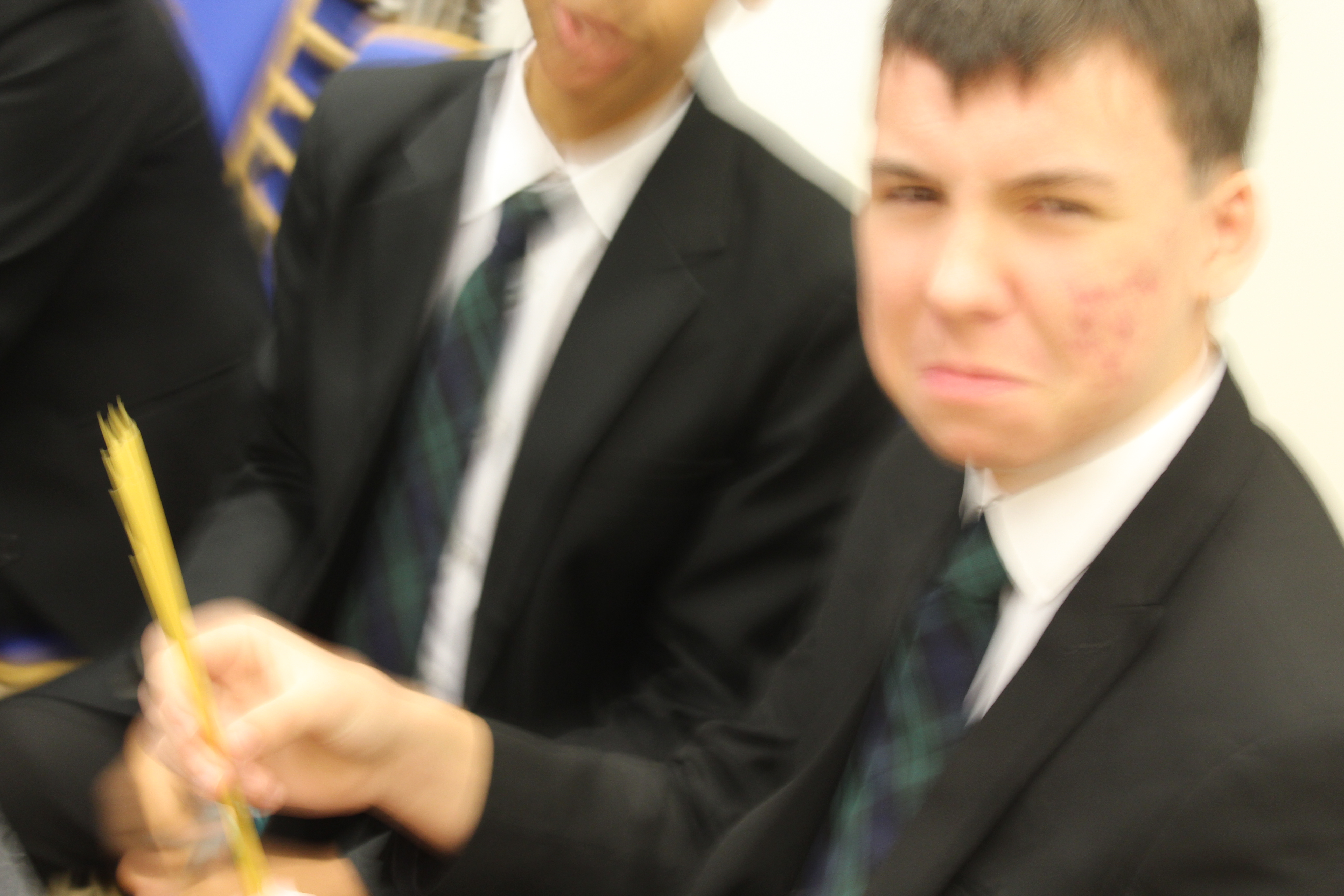
I took this photograph while this person was doing a pasta competition so they were angry that i was distracting them which created a good photo with an interesting face expression. Also the settings was on low shutter speed which created some movement in the photograph.

I took this photograph right after i told the person in it a joke so i had to take it quickly before he loses his reaction so due to the lack of time to set up the cameras position it only took half of the persons face which still created an interesting photograph so i decided to put it on my blog anyways.

I took this photograph of this students face expression with black and white settings and no flash light.
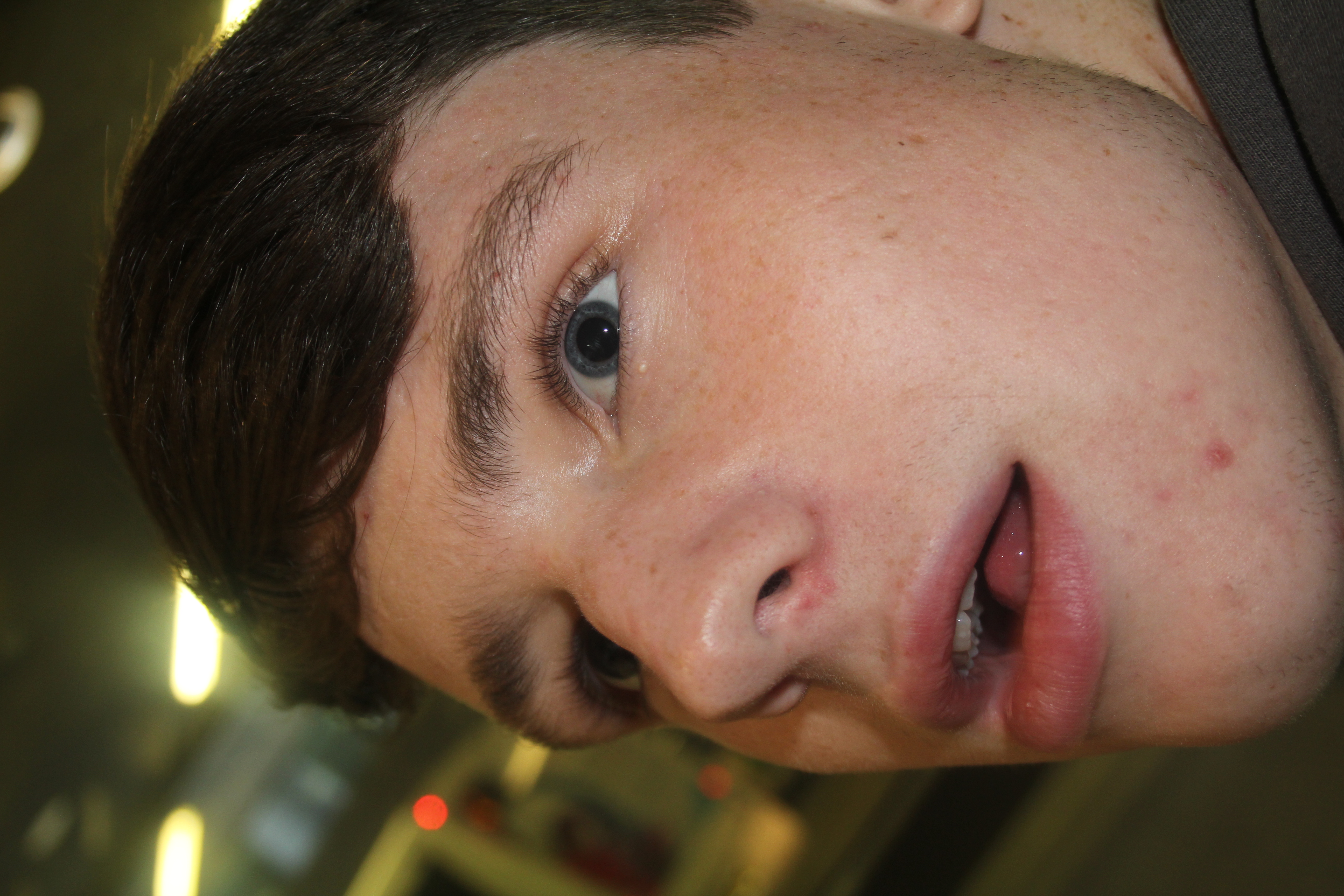
This photograph was taken meanwhile the person was busy talking to another person.
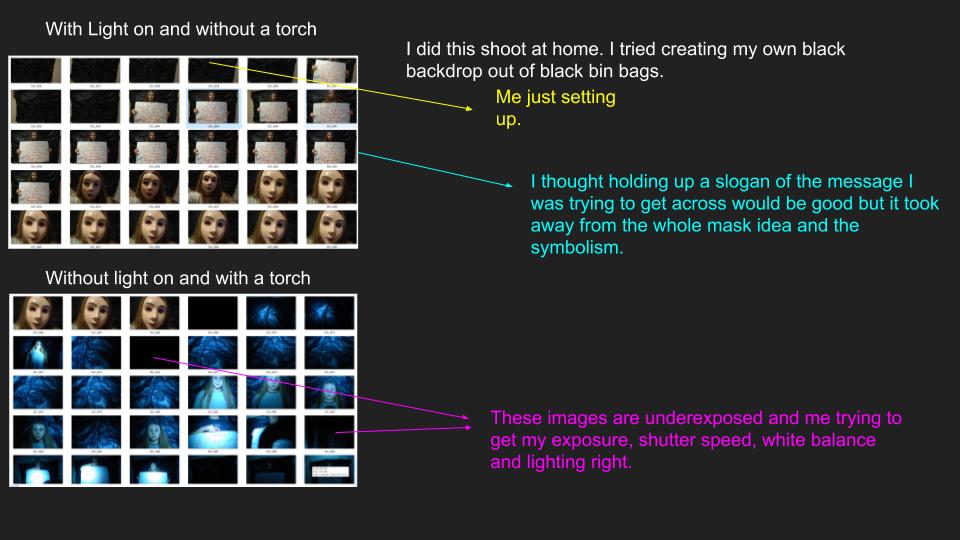
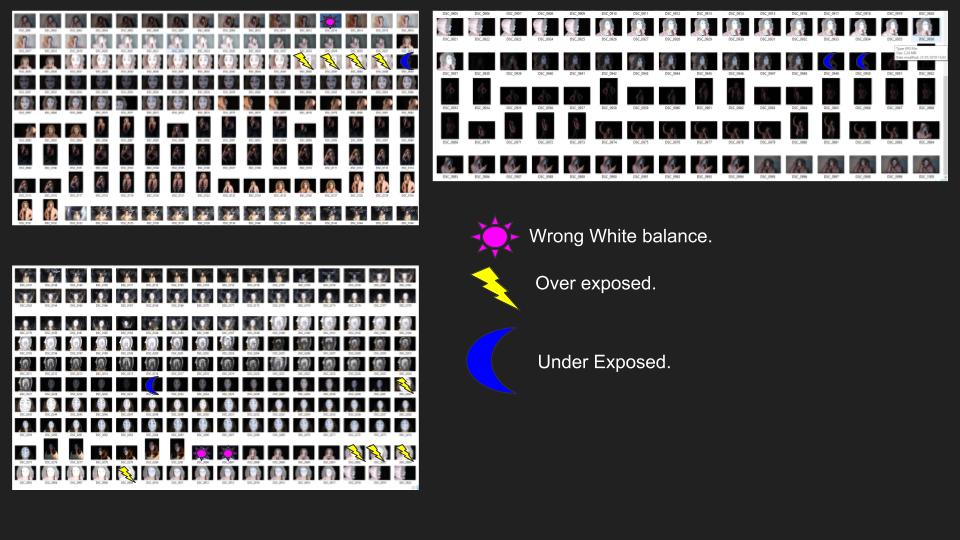
“Chinese photographer Kiki Xue is really into fashion and photography which he pursues as a dream. Photography, seen not only as a record but also as a creation, means a lot to him. Kiki uses photography to carry his feelings in each detail, each expression, each emotion of his works. His photography is fulfilled with magical aspects. Kiki loves women and he combines his own feeling with theirs, showing these feelings out through pictures. He always believes that photography is a way to record the simplest moment without any artificial. Most of his inspiration comes from drawings. Kiki would like to use his camera to create a vision of life and the world, which is perhaps a little unreal, abstract, like a cloud floating in mid-air. His editorial work has appeared in publications such as Vogue Italia and Harper’s Bazaar China. ”
http://www.thephotophore.com/kiki-xue/














Paul M Smith originally studied fine art between 1991 and 1995 at Convent University. After completing his degree at Conventory he completed a masters degree in photography.
Paul M Smith’s most recognized and influential pieces of work is the well known album covers of Robbie Williams where he is every person on the face of the cover of the album (like seen in the picture)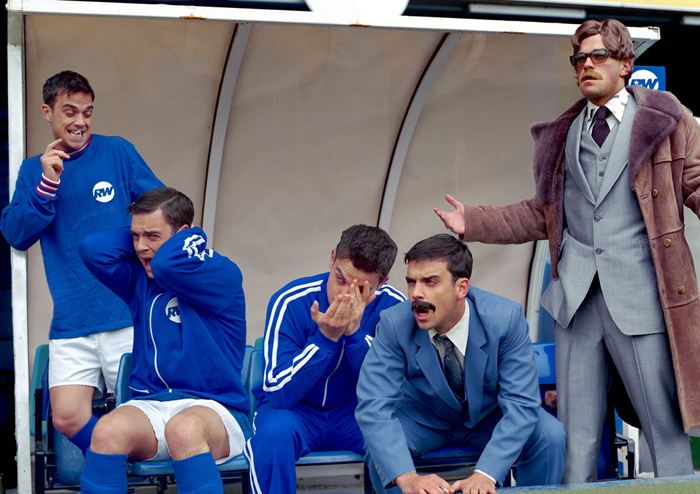

I like these style of photos as it explains and shows skill within taking photos, directing the model and editing the photos pre-release.
Many other people have used this type of editing and photo style, the most common use of this modelling is to take a series/multiple photos on every single seat on a plane then used overlay and edited them to make it look like you are filling every seat on a plane and it has been captured in one picture.
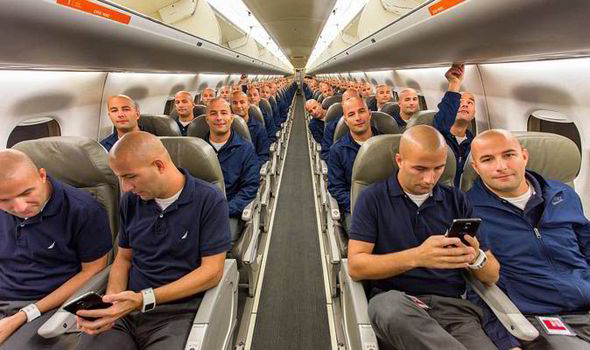
To recreate Paul M smiths photography I will be exploring Gender and Identity, more importantly Masculinity. To achieve this I will be using 3 photshoots.
1-Rugby, a classic example of men using aggression.
2-A music band rehearsal, this is because most band members and bands are mainly male, with the odd case of female band members.
3-Doing typical female chores such as cleaning and washing, to show that men can do stereotypical female chores as well as being masculine, and performing ‘manly’ chores